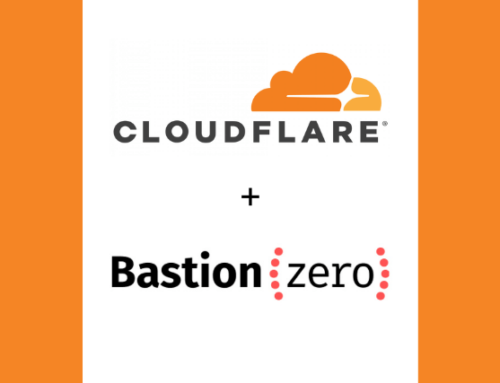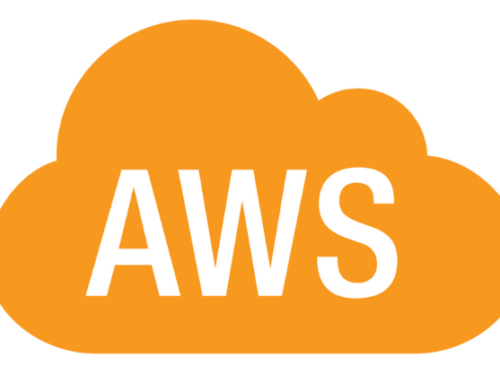Organizations moving to the cloud quickly find that it’s not a cure-all for all IT and security pain points. While moving to the cloud has many benefits, companies find they still need to optimize virtual environments for realistic ROI, meet current and future demand, and secure critical assets. Because of this, many turn to Web Application Firewalls (WAF) for additional cybersecurity protection.
What Does a WAF Do?
Web Application Firewalls (WAFs) are among the most common (and effective) ways to protect against attacks at the application layer.
A WAF is an application layer firewall that protects HTTP requests[1] by analyzing service calls, inputs, and outputs that are passed on by a network firewall—the WAF “filter” sits in front of your applications and inspects incoming traffic for activity that could potentially be malicious.
More specifically, a WAF analyzes HTTP objects, especially GET and POST requests, before any reach the server. For example, when looking at an entry field in a website versus the text in the body of the site, a WAF analyzes the different website elements to make sure that they are following the rules of the firewall.
WAFs don’t just look at the characters in isolation; they also use contextually aware policies that also consider behavior.
Why Is a WAF Important for Your Cloud?
A cloud environment is only as secure as the tools and the protocols you put in place.
Yes, your cloud provider will have its own in-line security services to offer you, but native tools alone will not protect your environments from modern threat landscapes. And when it comes to the firewall that your cloud solution provides, you can be assured that it will be one of the least intrusive versions available—meaning that it won’t have the ability to extract application-level data. With cloud operating on a shared-responsibility model, you can’t afford to put security on the backburner.
It is important to remember, too, that you alone are responsible for the security of your critical data and applications. Which means that you and your IT team need to find and implement the right blend of tools and protocols that proactively monitor, detect, and remediate threats in your cloud environments. This is especially true when your application sits on the public internet, and a Web Application Firewall is one of the first places you should start.
While the gateway firewall provides the initial layer of defense, WAFs have advanced detection capabilities that help protect your cloud infrastructure against malicious attacks—including those that regularly bypass traditional firewalls.
Do WAFs Differ in Cloud vs. On-Premise?
Actually, there aren’t many differences between an on-premise WAF and a cloud WAF.
In the WAF market, most vendors offer a physical appliance and a virtual edition. The real difference between the two is how they scale performance. Physical ASICS boost the latency performance of network traffic and offer the CPU offloading benefits of dedicated SSL decryption cards. Virtual editions can scale up with the ability to spin multiple virtual appliances on demand. Both options can be designed to handle high customer traffic loads.
The question is: Do you spend your capital on physical appliances or cloud compute hours?
Cloud service providers like AWS and Azure offer a built-in WAF that is easy to deploy, but they do not bundle the mature signature sets without purchasing a subscription from a dedicated WAF provider.
How Do You Decide on a WAF?
Be sure to meticulously compare all available WAF options (like Fortinet, Imperva, or F5 Networks). Each vendor provides quality products, but you need to decide which solution is the most compatible with your environment.
In order to find the right WAF for you, you’ll need to determine:
- Risk factor
- Application function
- What business requirements and intelligence to provide
- Business continuity needs
Choosing a WAF is not as simple as just looking at the options; you need a robust solution that doesn’t provide redundant features to what you already have in other security and monitoring tools. To do this, you need to get your security, business recovery, executive, and application teams together to communicate needs and decide which WAF to leverage.
Protect Your Cloud from All Sides
When it comes to choosing the WAF that’s right for your company, it all comes down to which features will serve your environment best. The cloud security experts at ADAPTURE help facilitate these cross-team discussions to establish exactly what your environments need for application security. From there, we’ll help you find, implement, and optimize the best application security solution for your needs.
[1] All other transactions (SMTP, FTP, etc.) are handled by your perimeter firewalls.












